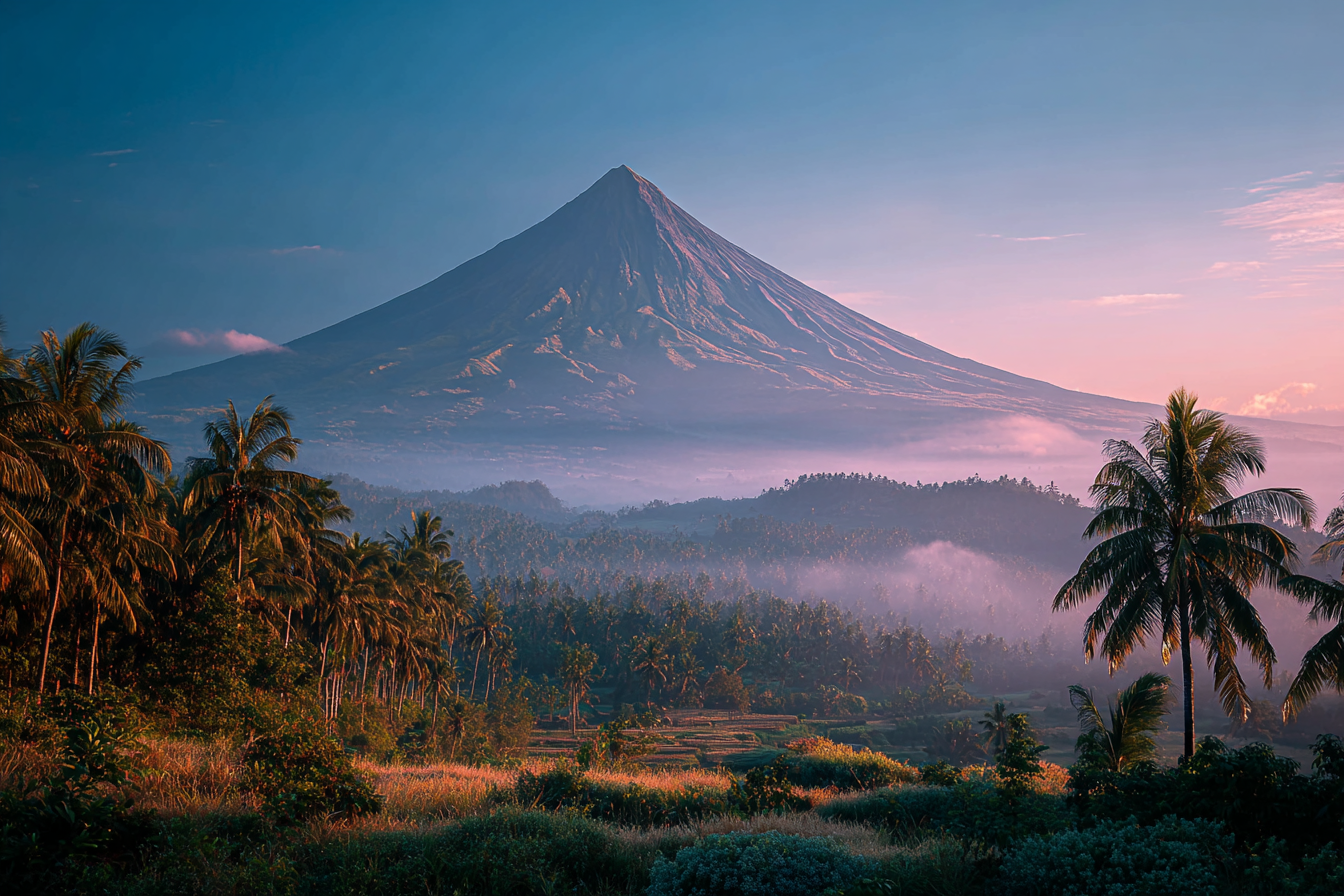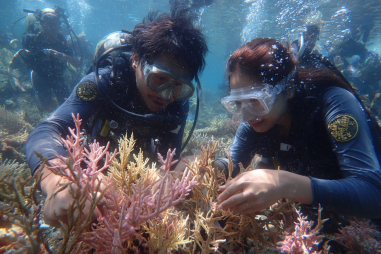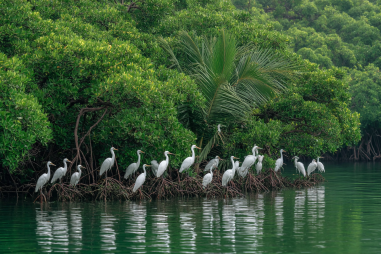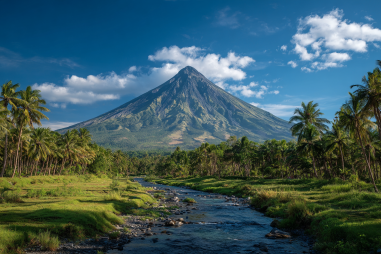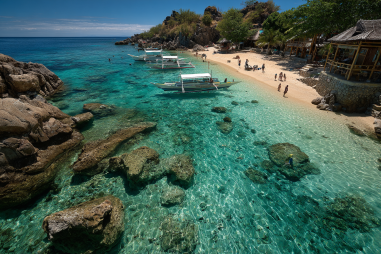Mount Mayon, often celebrated for its near-perfect cone shape, stands as one of the Philippines’ most iconic natural wonders. Towering majestically in the Bicol region, this active volcano offers not only an extraordinary geological spectacle but also a paradise for photographers and nature enthusiasts alike. Whether you’re aiming to capture the volcano bathed in the golden hues of sunrise or silhouetted against a dramatic sunset, the right viewpoint can make all the difference in framing that perfect shot. In this guide, we’ll explore the top Mount Mayon viewpoint spots that promise spectacular photo opportunities, along with tips on how to get there, the best times to visit, and what else you can enjoy nearby.
Why Mount Mayon is a Photographer’s Dream
Mount Mayon’s flawless cone has fascinated photographers for decades. Its symmetrical shape, lush green slopes, and frequent cloud formations create dynamic and ever-changing scenes that are both vibrant and dramatic. Photographers love the way the volcano interacts with surrounding landscapes—whether it’s the verdant rice terraces, nearby towns, or the craggy lava flows from past eruptions.
The combination of natural beauty and geological intrigue makes Mayon a top subject for all types of photography: landscape, nature, travel, and even astrophotography when conditions are right. It’s this blend of aesthetics and power that ensures every photo tells a story of nature’s raw essence.
Best Viewpoints and How to Reach Them
Finding the perfect vantage point to photograph Mount Mayon depends on accessibility, weather conditions, and the type of scene you want to capture. Here are some of the best viewpoint spots around Mount Mayon:
Lignon Hill Nature Park
Located just a few kilometers from Legazpi City, this park offers panoramic views of Mount Mayon and the surrounding cityscape. Easily accessible by jeepney or motorcycle, Lignon Hill is popular for both sunrise and sunset shots. The hill also provides amenities like picnic areas and viewing decks, making it a convenient spot for photographers of all levels.
Cagsawa Ruins
This historic site features the remains of a 16th-century church famously buried during a past eruption of Mayon. The ruins create a compelling foreground against the backdrop of the towering volcano, adding a cultural and historical dimension to your photos. Cagsawa Ruins is accessible via public transportation from Legazpi and is one of the most visited tourist spots in the area.
Camalig Viewing Deck
A slightly more remote spot, the Camalig Viewing Deck offers unobstructed views of Mayon’s lower slopes. It’s less crowded compared to Lignon Hill and Cagsawa but still offers great vantage points for sunrise shoots. To reach Camalig, taking a tricycle or motorbike from the town proper is common, and some hikes or local guides can enhance the experience.
Misibis Bay Viewpoint
For those who want a more luxurious approach to viewing Mayon, the Misibis Bay resort area provides elevated vantage points with stunning beachfront and mountain perspectives. Though primarily a resort, public access to certain areas for photography can be arranged through resort services.
Legazpi Boulevard
Along this coastal road, photographers can capture Mayon over the waters of Albay Gulf, often with interesting reflections and reinforcements from boats or local fishermen. It’s accessible and ideal for evening or early morning photography sessions.
Ideal Times for Photography
Timing can drastically affect the quality of your photos. The best times to capture Mount Mayon are during golden hours—early mornings at sunrise and late afternoons around sunset. During these times, the light is soft, warm, and flattering, highlighting the volcano’s contours and textures beautifully.
Dry season months from November to May generally offer clearer skies with less rain, improving visibility. However, early morning shoots are also preferred to avoid cloud cover which tends to develop in mid to late mornings. If you are aiming for dramatic cloud formations or misty effects, late rainy season shots can also be mesmerizing but require patience and flexibility.
Tips for Capturing Mount Mayon’s Perfect Cone
To make the most of your photo expedition, consider these tips:
- Use a tripod: Stability is crucial for sharp images, especially during low-light conditions at dawn or dusk.
- Incorporate foreground elements: Use nearby trees, flowers, or historic structures like the Cagsawa Ruins to add depth to your photos.
- Vary your focal length: Experiment with wide-angle lenses to capture the vast landscape or zoom lenses to highlight the volcanic cone’s details.
- Adjust your camera settings: Shoot in RAW format for flexible editing. Use manual focus if your camera struggles with automatic focus due to haze or light changes.
- Stay patient: Clouds and weather around volcanoes can be unpredictable. Wait for a clear moment to capture the perfect image.
Nearby Attractions and Rest Stops
While in the area, don’t miss some fantastic nearby attractions to enrich your trip:
- Lignon Hill Nature Park: Aside from viewpoints, enjoy zip-lining and hiking trails for active exploration.
- Mayon Volcano Natural Park: Trekking and guided tours here reveal more about Mayon’s geology and flora.
- Embarcadero de Legazpi: A charming bayfront area to relax after shooting sessions, offering restaurants, shops, and night markets.
- Crisologo Museum: For a cultural infusion, learn about local history and crafts in nearby towns.
Fuel up at local eateries or rest stops found near these viewpoints. Many stalls serve fresh Bicolano delicacies—perfect for refueling after a day of exploration and photography.
Safety Precautions at Viewpoints
Because Mount Mayon is an active volcano, safety is paramount. Always check the Philippine Institute of Volcanology and Seismology (PHIVOLCS) for the current alert status before planning your visit. Avoid restricted zones—local authorities often impose these to protect visitors from lava flows, ashfall, or sudden eruptions.
At higher spots like Lignon Hill or Camalig, tread carefully on uneven terrain. Wear sturdy shoes, bring enough water, and protect yourself from the sun. If hiking, inform someone of your plans and ideally explore with a companion or guide.
Local Guides and Tours
Hiring a local guide can enrich your experience, especially for less accessible viewpoints or if you want detailed geological and historical insights. Guides are familiar with the safest and most scenic paths, can arrange transportation, and often know great hidden spots for photography that aren’t widely known.
Various tour operators in Legazpi and surrounding towns offer Mount Mayon sunrise tours, hiking trips, and combined cultural excursions, making it easier to maximize your time and capture stunning images safely and efficiently.
Planning Your Photo Expedition Around Mount Mayon
To wrap things up, planning is key to a successful photo expedition at Mount Mayon. Start by monitoring weather and volcanic activity reports, then pick your primary viewpoint based on what kind of shots you want—whether dramatic sunrises, cultural shots with ruins, or wide panoramic views. Allocate multiple days if possible to have backup days in case of cloud cover or rain. Bring proper gear, respect safety protocols, and take time to enjoy the rich culture and natural beauty beyond your camera lens.
With these tips and viewpoint spots in mind, your visit to Mount Mayon will surely be filled with unforgettable memories and breathtaking photos that showcase one of the world’s most stunning volcanoes at its best.

